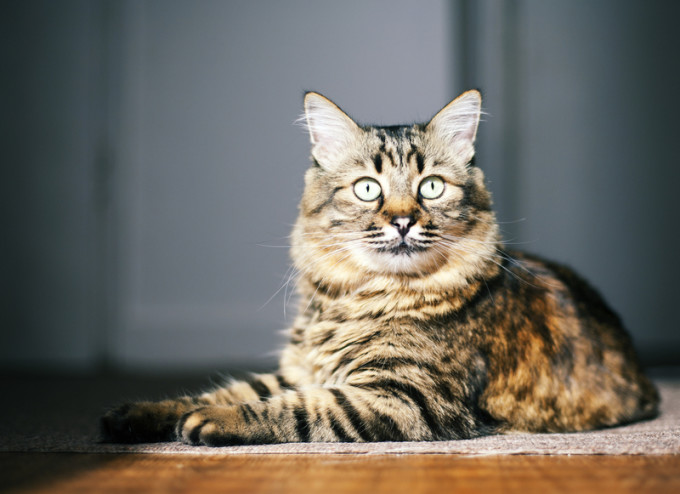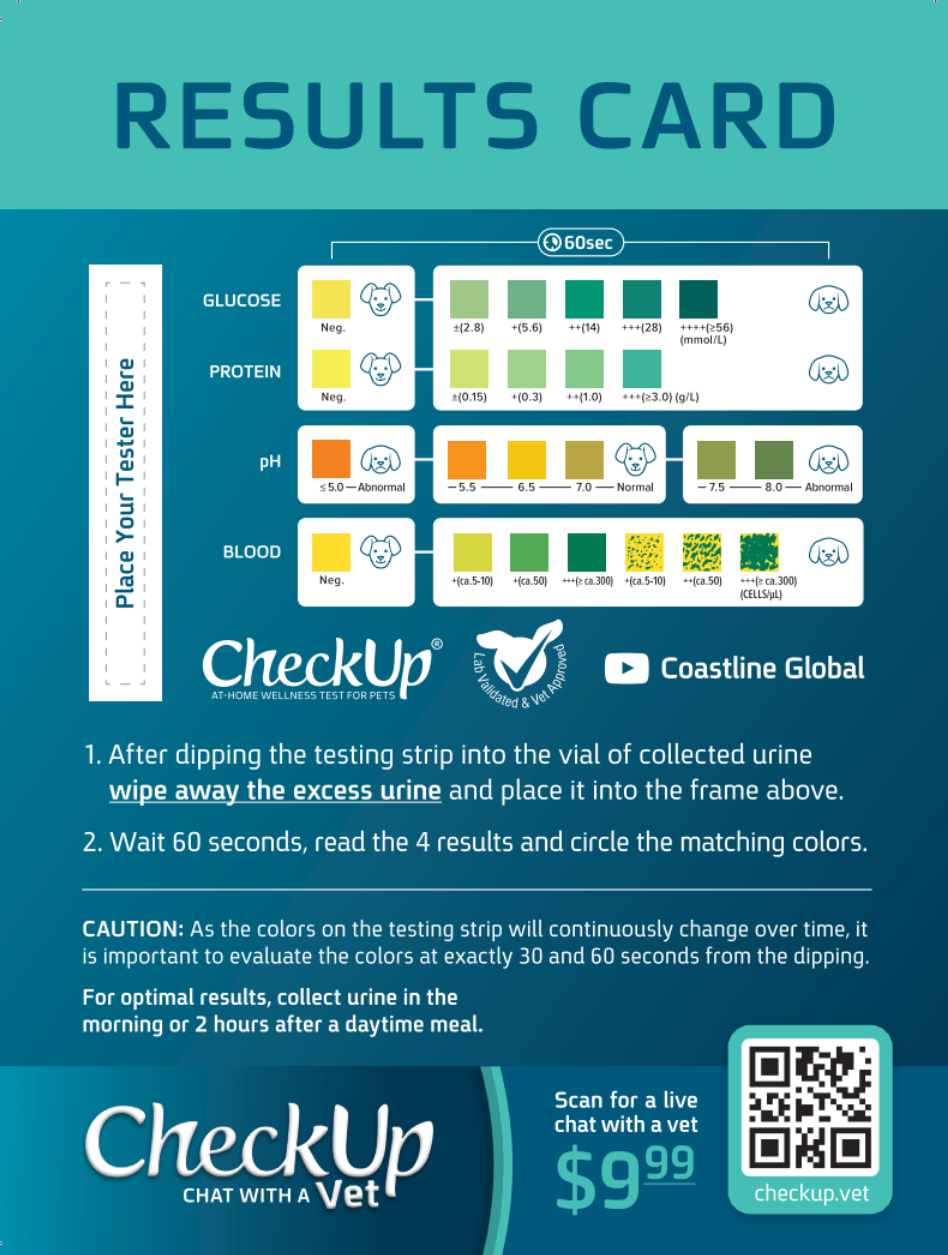What Can You Do If Your Cat Has Diabetes?
If you’ve recently visited a vet and your cat was diagnosed with diabetes, it’s a good idea to learn how to properly treat them. While hearing that your precious pet has an illness that will likely stay with him throughout the course of his life, it’s important to put fear aside and get the facts. With proper care and treatment, the potential increases for your cat to live a long and happy life.
Once you know that your cat has diabetes, start testing and monitoring his blood sugar regularly. Check their glucose levels by using a monitor. Many cat owners use store bought monitors that are typically branded for human use. If you don’t want to use that method, you can also use the cat’s urine to check glucose levels. Some litters on the market assist with this process by changing color to indicate when glucose levels are escalated. This isn’t as accurate, however, because it does take time for glucose to travel from the body of your cat to its urine.
If your veterinarian prescribes it, your cat will need an insulin injection under its skin up to twice each day. Each cat is going to have a different reaction when you use insulin, so have a vet give you a few tests to monitor their blood glucose during different times. Keep a log of blood glucose levels before and after meals, and before and after insulin, and share this information with your veterinarian. This can help you to learn what kind of dosage works best for your cat and what kind of response you are going to get from your cat. There are various insulin types on the market, such as protamine zinc insulins or Lente insulins, and you may find that one works better than another in helping to maintain your feline friend’s health.
Your cat has to stay on a strict diet if you hope to properly manage blood sugar levels. Cats tend to have problems with being diabetic if they are overweight or if they have a sensitivity to insulin. There are many cats that benefit from a low fat diet when they need to lose the extra weight, and some cat owners have had success with grain free diets as well. Cats that have to get injections of insulin often eat half of what they usually do after the injection, but it’s always best to follow the vet’s instructions if they want you to feed your pet in a certain way.
Ketones are considered waste products that fatty acids create, and they build up in a cat’s bloodstream and their urine if they have diabetes. When your cat is burning fat instead of glucose to fuel their body, they are developing ketones. If there are too many of them in your cat’s body, they could develop what is known as diabetic ketoacidosis. This condition is very serious and needs to be taken care of quickly before it turns deadly. If your cat doesn’t eat for over 12 hours, is vomiting, drinks too much water, or isn’t moving around as much, you should get assistance from a veterinarian.
A cat with diabetes can live a good life and provide you with years of companionship. You just have to be willing to treat them with care. Take care to consult with your veterinarian, feed your cat a diabetic friendly diet and learn how to check blood glucose levels properly to optimize your cat’s chances of living well with diabetes.
About the Author
Louis Venter is the creator of diabetescoop.com, a website devoted to providing support and on-topic, frequently updated information for diabetics and those in their support network.







